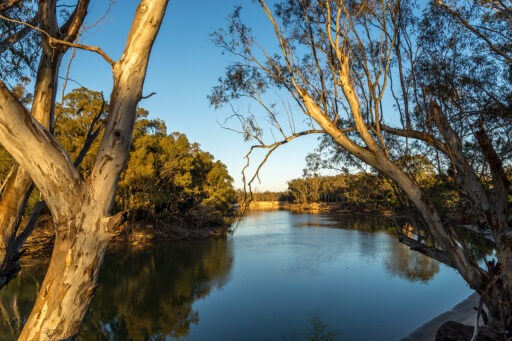The Australian water markets report describes factors influencing water prices in the Murray-Darling basin. It also comprehensively reviews water markets across Australia, the parts of the Commonwealth and state and private sources. The water market report provides information to participants, regulators, policymakers and other researchers interested in the Australian water markets.
This report primarily focuses on irrigated agriculture, the continent’s most significant water usage. It helps people understand the cost to buy water in Australia in 2022-23.
This article covers some important factors about the Australian Water Market Report to help you gain a basic yet detailed understanding of the concept.
Why Did Water Reports Come Into Being?
The main reason for creating water markets in Australia was the rising water scarcity in the continent. As per the National Water Commission report in 2011, many surfaces and groundwater systems were increasingly over-allocated. It led to many reforms in the 1990s and early 2000s, including adopting a cap and trade system in the Murray-Darling basin. This trading system allowed water users the right to share the available water supply from a particular water resource and have the right to trade these with others.
Australian Water Markets
There are two main components of water markets in Australia– entitlement and allocations. Entitlements are the ongoing rights to share water from a resource in a given year and are shared as entitlement volume.
A water report provides a detailed analysis of trade volumes, prices and market behaviour to enable a complete analysis of supply and demand drivers of Australia’s water markets. The water market report also covers the country’s current water availability, climatic factors, environmental water and agricultural activities like irrigation mainly dependent on water.
The National Water Commission (NWC) published six reports between 2007-08 and 2012-13. Australian Water Market Reports source data from the following organisations:
- Bureau of Meteorology
- ABARES
- Australian Bureau of Statistics
- Commonwealth Environmental Water Officer
- Department of Agriculture, Water and Environment
- State and local water authorities
Australia’s water trading occurs in the Murray-Darling Basin (MDB), which accounts for 97% of the allocation trade and 77% of entitlement trade (based on a 2016-17 report). It is essential to understand that Australian water markets are localised and may involve trade between users in a single river catchment area. The Murray Darling basin is an exception here due to the high degree of hydrological activity that takes place here.
Australian Water Market Report 2023
Water availability in 2022-23 is likely to be supported by high allocations, a large volume of water carried forward from the previous year and the possible continuation of wet seasonal conditions. The small difference in water availability in 2022-23 indicates higher than-usual certainty in state water allocation forecasts.
The forecast for water prices in Australia for 2022-23 is likely to remain low. It will be the third consecutive year when the prices are expected to be low. The cost of water is likely to reduce from $ 67 per ML in 2021-22 to $58 per ML in 2022-23. Though the prices may appear higher, they are lower than in previous years.
The difference in prices in the 2022-23 forecast is small, with just $ 113 per ML between wet and dry climatic conditions. It reflects favourable and certain water supply and seasonal conditions for 2022-23.
These forecast figures estimate annual water prices in Australia for 2022-23. However, the figures are likely to fluctuate throughout the year, usually around the average price. There may also be regional differences in water price forecasts for 2022-23. As the wet conditions continue, the water prices may be lower than the forecast in the report.
High Allocation Forecasts: Good News for You!
According to the Water Market report 2022-23, most entitlements are expected to reach 100% allocation in the said year under the dry, average and wet scenarios. High allocations are forecast even for the extremely dry scenario in Victoria. Though it is challenging to know the exact forecast for next year’s water allocation, it was possible to predict for the said year due to the large volume of unused water.
Key Takeaway
The ABARES considers the average scenario more likely for 2022-23 as they expect neutral climatic conditions to return. While the Australian Water Market Report is a comprehensive and trusted document, the prices and scenarios mentioned are only indicative. Better or worse conditions can affect the cost of buying water in the continent in the coming year.








